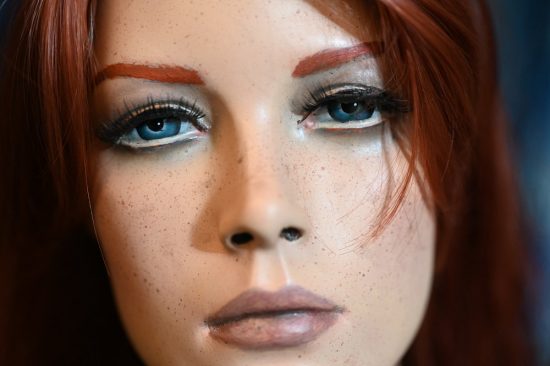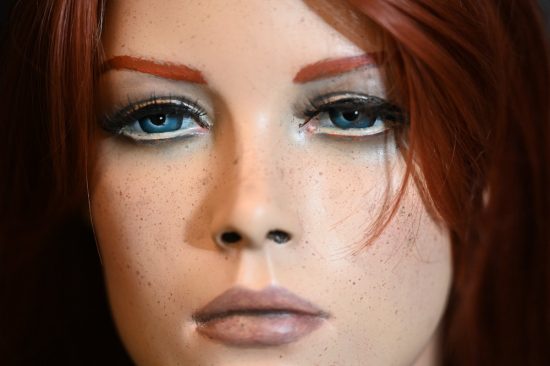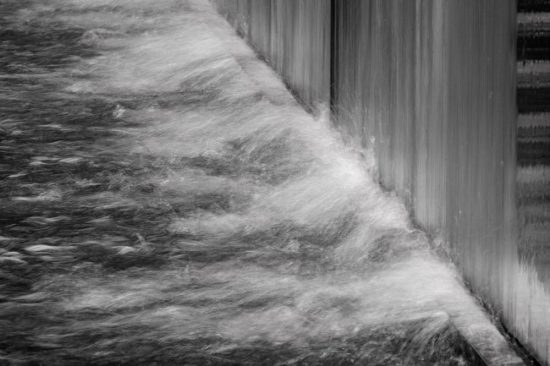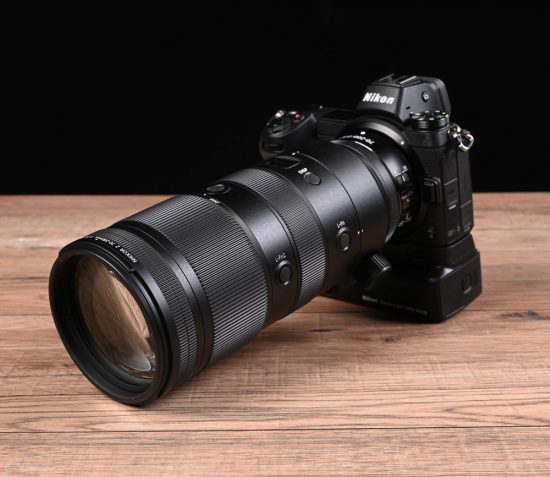
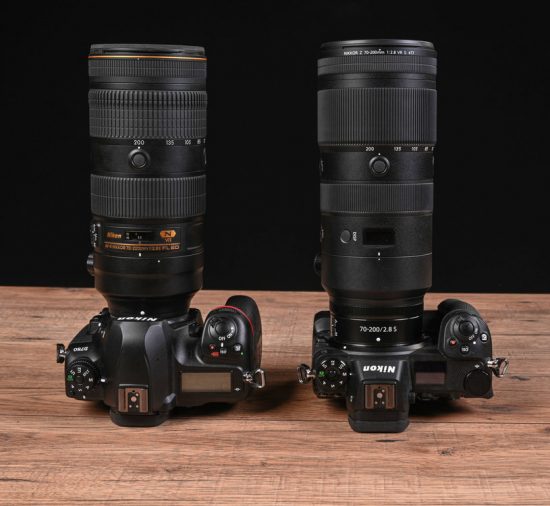
Nikon NIKKOR Z 70-200mm f / 2.8 VR S lens: the Nikonland preview (translated, see more NikonLand reviews here):
Expected? No, highly anticipated! Because this represents the state of the art (for the moment) of the Nikkor Z autofocus lenses. The first true telephoto zoom for Nikon Z, the worthy companion of the excellent Nikkor Z 24-70mm f/2.8 S. Unfortunately, not for technical reasons, we will have to wait longer for the new lens. But I assure you that, at least judging from the sample that I was able to try for thanks to the Italian Nikon distributor, it is worth it. The new Z lens is better than the already fabulous Nikon 70-200mm f/2.8E FL version. Yes, in many ways. Much better…
The comparison with the periclase for reflex is a must:
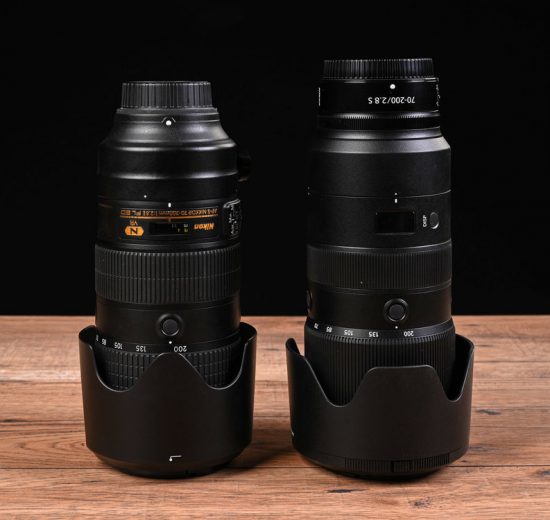
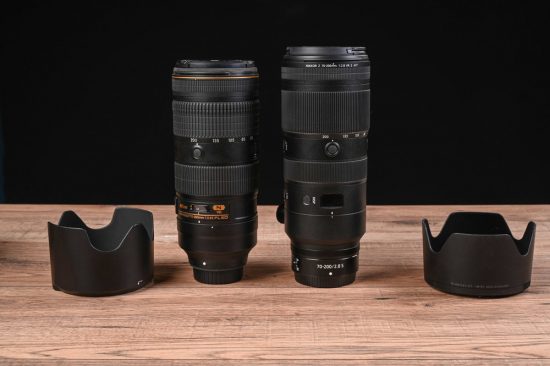
The Nikon 70-200mm f/2.8E FL mounted on the Nikon D780 on the left, the Nikon 70-200mm f/2.8 S mounted on the Nikon Z6 on the right :

In terms of size, length, weight, size, construction, the two lenses are comparable. Mounted on the respective cameras, they are dimensionally equivalent.
Comparable does not mean, obviously identical. But the 77mm filter size unites them, the tripod collar integrated into the lens body, too. The foot is completely different – in the middle is the foot of the Nikkor Z, on the sides are the feet of the Nikkor F 70-200mm f/2.8 FL and the Nikkor F 500mm f/5.6E PF lenses:
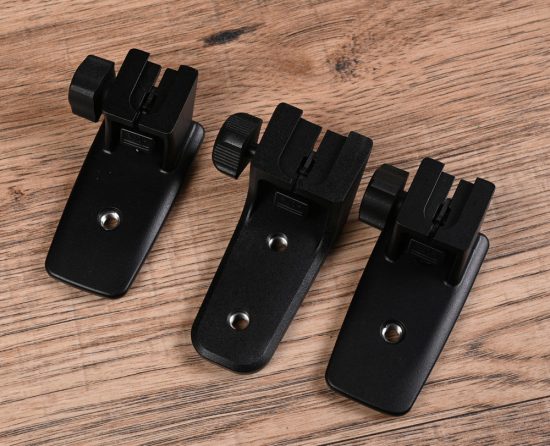
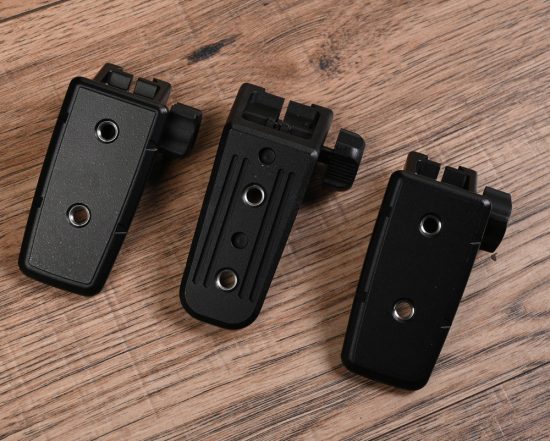
The foot of the Nikkor Z is completely different both in the more refined workmanship and in the dimensions. It is not interchangeable with the other two. Unfortunately, we have no compatibility with the Arca Swiss standard head attachments.
Going to the other details, the hoods are similar but … not exactly identical. Same with the lens caps:
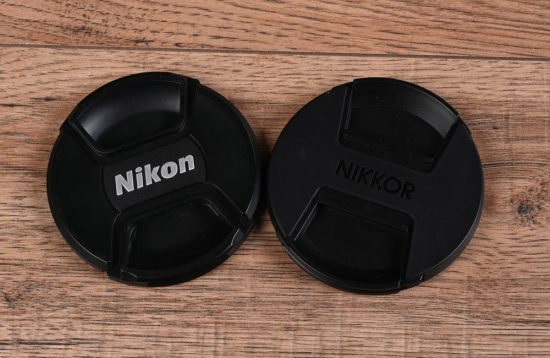
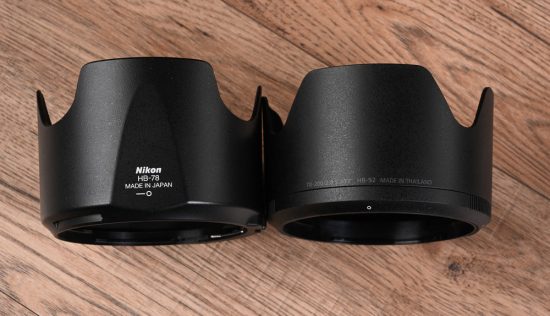
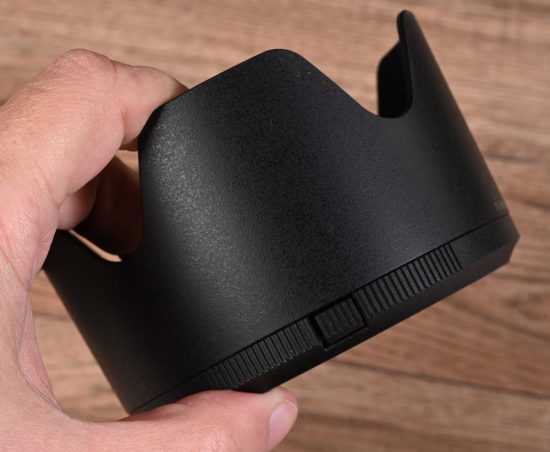
Of course, the similarities end here. The aesthetic is different, more sober and linear, from the 21st century for the Z and more 90s / 2000s for the F. Here in all its glory mounted on my Nikon Z6 which never separates from its MB-N10 battery-grip :

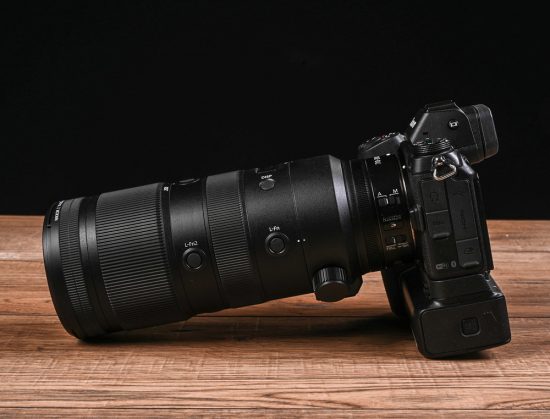
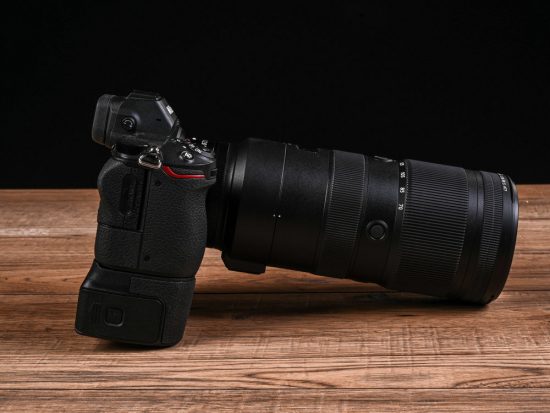
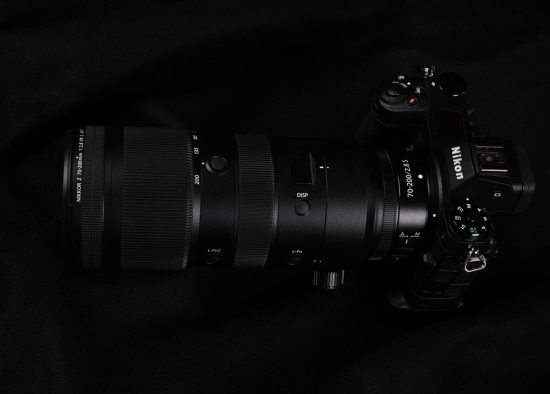
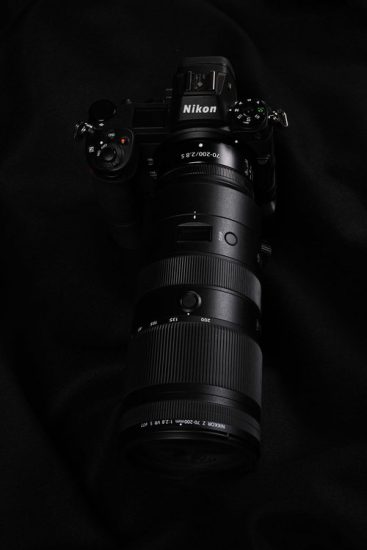
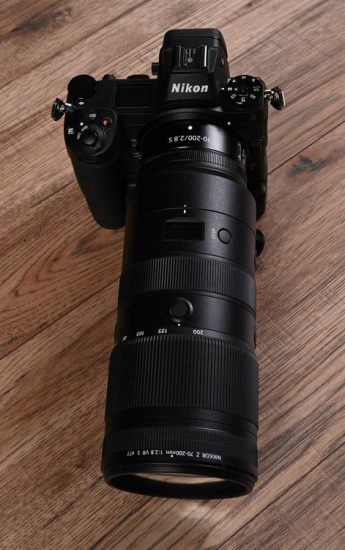
In addition to the OLED display that shows the current of aperture, focus distance etc. there is a the DISP key and two other programmable function keys:
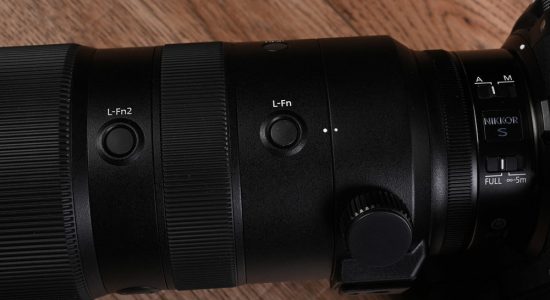
The L-Fn is on the left side, while the second L-Fn2 button is on the four sides of the lens barrel:
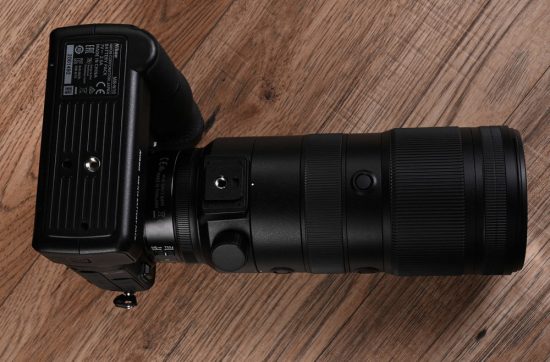
I set the activation and deactivation of 3D tracking on key 2 which I was able to experience after the release of firmware 3.0 with precisely this lens.
Overall the construction is exemplary, to the touch and in the hand it appears very solid, almost as if it were built of steel.
Not that the DSLR model – exceptional in everything – is not the same, but apparently it seems plastic compared to the Z version.
But this preview does not stop at the physical description because the first thing I wanted to check as soon as I read the specifications is this here:
Well, without prejudice to the obvious differences in perspective and yield at the different focal lengths, this lens is built so that the minimum focusing distance progressively decreases as the focal length of use decreases, from a maximum of 1 meter to 200mm to a minimum of 50cm at 70mm. In this way, moving from the subject and meanwhile varying the focal length used, we can practically have the same level of magnification and framing.
If you look at the two snapshots above, Jessica’s face completely fills the frame, despite being two completely different shots.
With the Nikkor F-mount 70-200mm f/2.8E FL lens things are different because the minimum focusing distance is constant (1.1 meters) as the focal length changes.
The other peculiarity that I wanted to verify is the ability to keep the fire despite zooming. This 70-200mm f/2.8 S is not exactly parfocal as it was heard at first but in practice, it acts as such. During zooming, it does not lose the focus that is perfectly maintained on the subject and the change in focal length while varying the distance to the subject has practically no influence on the focusing performance.
If all this doesn’t impress you I wouldn’t know what else to add.
Ah, yes, the lens is very fast in focusing, silent, free of optical defects (vignetting, distortion, chromatic aberrations) and is of an embarrassing sharpness on the focusing plane, so much so that any defect of the subject will jump to the foreground as if it were the main beam!
If you don’t like the bokeh, I recommend buying the Nikkor 200mm f/2 – the only lens that can do better than this.
And if you don’t believe it, I do like my Archibald who sincerely doesn’t care about the need to convince you, he is so satisfied:
The only flaw I could find? The lens is delayed for reasons not dependent on Nikon. We will have to wait a few more weeks (hopefully not months) to be able to enjoy it.
Please note that the lens I used was a sample and may not be the final version. Thank you again Nital Spa for giving us this opportunity.
Nikon NIKKOR Z 70-200mm f / 2.8 VR S lens pre-order: Adorama | B&H | Amazon | WEX | Park | Calumet | Camera Canada
